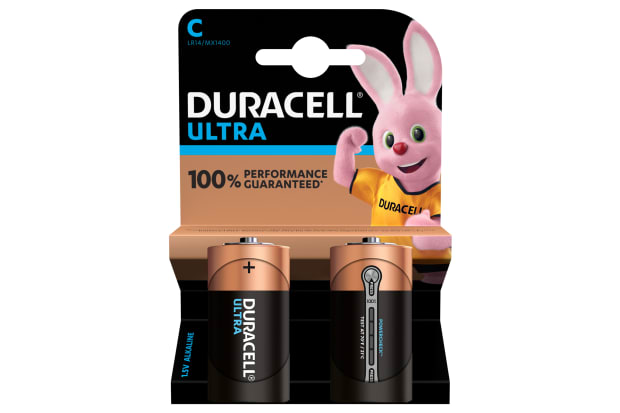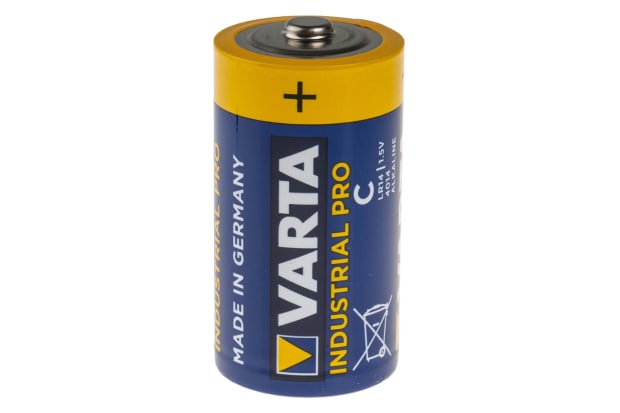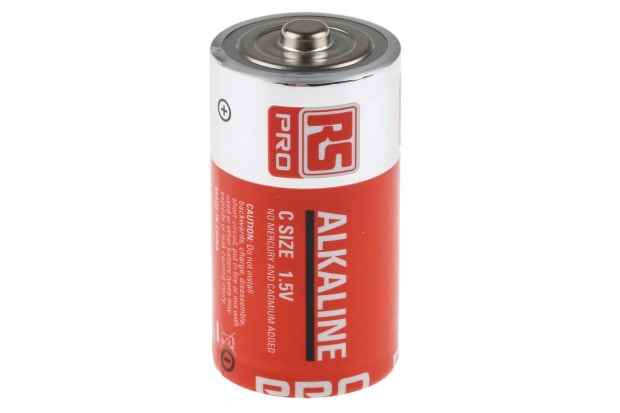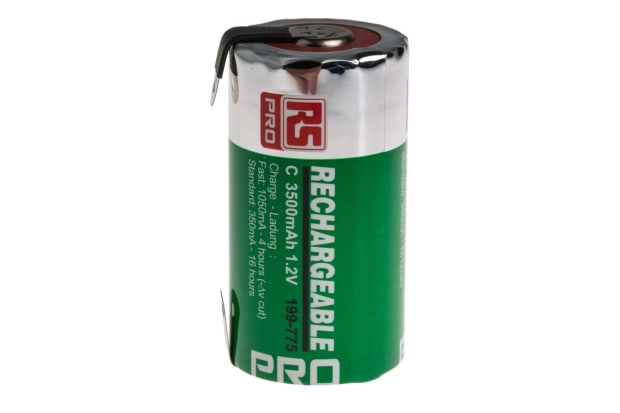- Published 6 Sept 2023
- Last Modified 26 Sept 2023
- 7 min
A Complete C Battery Guide
In our guide, discover all you need to know about C batteries, the different types, and how they can be used.

Reviewed by Jay Proctor, Technical Support Engineer (January 2021)
What are C Batteries?
C batteries are a widely used type of dry cell battery. Dry cells were created to operate with minimal internal moisture, making these batteries ideal for portable devices.
The most familiar dry cell battery sizes are AA and AAA, however, these are smaller than size C batteries which means that they have a more limited lifespan.
C batteries provide a reliable and long-lasting charge for devices with medium-to-high power consumption needs.
This includes:
- Torches
- Cameras
- Radios
- Intruder alarms
- Musical instruments
- Walkie-talkies
- Toys
C batteries are also known as R14s or C LR14 batteries, after their designation by the International Electrotechnical Commission (IEC), a prominent electrical standards body.
C Batteries Size
Although it is possible for C-cell batteries to have different capacities and voltages, the physical size remains the same. C type batteries are built to a standard size to ensure maximum compatibility with both devices and accessories such as battery holders.
C-sized batteries are smaller than D batteries but larger than AA and AAA batteries. They are:
- 50mm or 1.97 inches in length
- 26.2mm or 1.03 inches in diameter
Popular Brands
Duracell C Batteries
Shop Duracell C-size batteries with RS and make your purchase online today.
Varta C Batteries
Choose Varta C batteries for a range of pack sizes suitable for your requirements. Shop now.
Energizer C Battery
Shop high-quality C batteries from leading brand Energizer. Click through to browse the full range.
RS Pro C Batteries
Shop our range of C batteries available from RS Pro, our own in-house brand.
C Batteries by Chemical
C batteries are differentiated not only by their capacity and Voltage but also by the key materials used in their construction.
Lithium and alkaline batteries are common types, as explored in the following sections:
Alkaline C Battery
An alkaline C battery is based around an alkaline electrolyte (anti-acidic electrically-conducting blend) of potassium hydroxide. Thanks to their energy density and long shelf life, alkaline C batteries are one of the most widely used types of batteries. They are commonly found in a range of everyday household items.
Lithium C Batteries
Lithium C batteries utilise the metallic element lithium as the central anode (central conductor). They are noted for their long lives, but they are distinct from the rechargeable lithium-ion battery typically included in portable electronic devices such as smartphones and laptops. The latter derive their charge from the movement of lithium ions.
C Battery Voltage
Batteries are distinguished by their Voltage - the strength of their electrical charge. Each battery is labelled with a nominal Voltage which defines the battery capacity in ideal conditions. In practice, though, the voltage discharge rate varies according to the conditions in which it is operating.
The key nominal C battery volts for consumer-level non-rechargeable batteries are as follows:
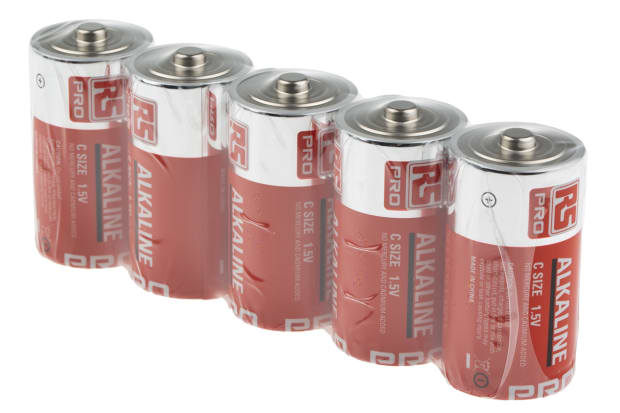
1.5 Volt C Battery
1.5 Volt C batteries are standard, non-rechargeable batteries that are typically used in everyday household items.
Typical Applications:
- Remote controls
- Clocks
- Radios
- Toys
- Torches
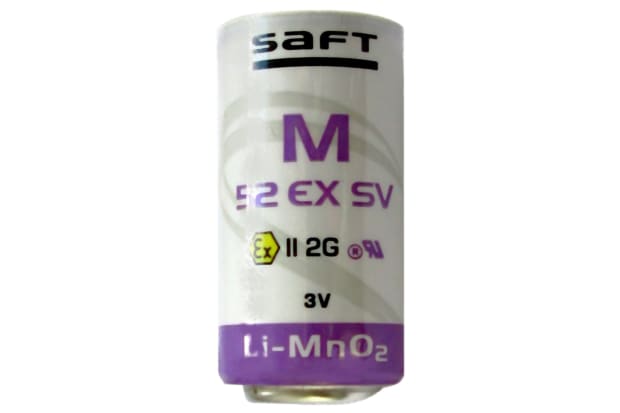
3V C Batteries
3V C batteries are primarily used for professional, moderate drain applications rather than everyday household purposes.
Typical Applications:
- Smart gas meters
- Gas and leak detectors
- Oil tank level monitoring
- Petrochemical facilities
- Mining applications
- Shop 3V C Batteries
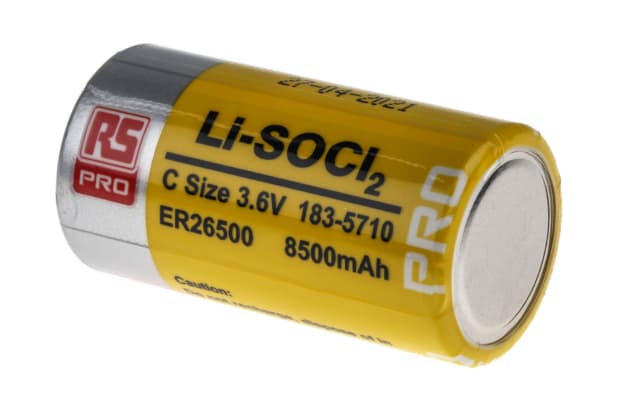
3.6V C batteries
Typically, 3.6V C batteries are used solely for professional or industrial applications.
Typical Applications:
- Utility meters and automatic meter readers
- Buoys
- Measuring Equipment
- Professional Electronics
- Industrial Applications
Rechargeable C Batteries
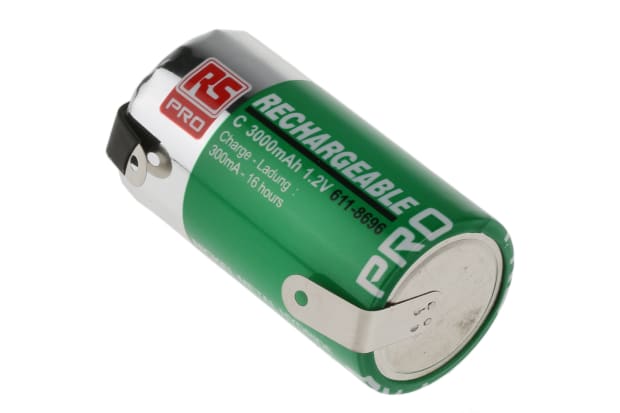
There are two principal types of C battery – standard (non-rechargeable) and rechargeable. Both C battery types have strengths and weaknesses when compared to each other, so it’s important to fully understand the differences and select the best types of C batteries for your specific application.
Rechargeable C batteries can be recharged hundreds of times, making them a truly sustainable choice. Some rechargeable batteries are built into the device that they power while removable models require a separate adapter or size C battery charger for the charging process. They may or may not arrive pre-charged.
Various battery chargers for C batteries are available. They offer different features and options including chemical compatibility and the number of batteries that can be charged simultaneously, as well as varying dimensions and plug types.
Common types of rechargeable C batteries include:
• NiMH (nickel-metal hydride)
• NiCd (nickel-cadmium, also known as NiCad or Ni-Cads)
• Li-ion (lithium iron)
FAQs
Shop C Batteries
Non-Rechargeable C Batteries
With a range of brands and pack sizes available, click through to browse our full range of non-rechargeable C batteries.
Rechargeable C Batteries
Choose from a range of chemistries and capacities to select the most suitable rechargeable C battery for your requirements. Shop online with RS.
